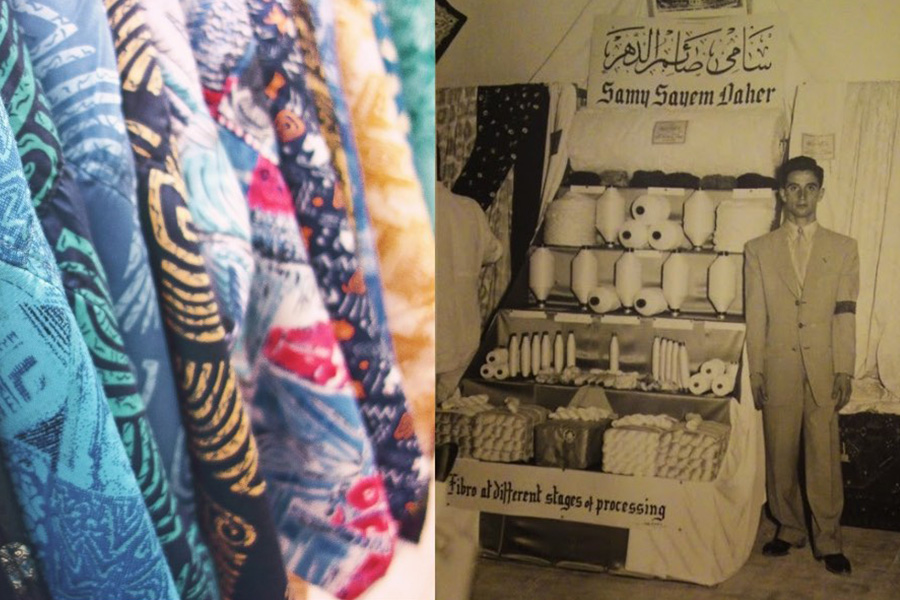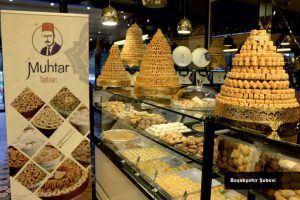We have all heard of the silk road, which connected east to west and formed the spine of trade contributing to the building of many civilizations. Perhaps calling it the silk road gives us a glimpse of the importance of textile industries in general, and silk industry specifically, during those times.
Syria was one of the most important stations on the Silk Road, so it developed many Syrian industries over the ages, especially the textile one. Syria is situated in the middle of the Silk Road, which made the Syrian textiles bear the Western and Oriental prints together in addition to the Syrian touch, Making the final product a work of art that one will fall in love with at first sight.
The Syrian industry is as distinctive as its past, reflecting success over hundreds of years. One can feel this distinctiveness when passing through a Syrian souk, filled with richly colored textiles, blue, yellow and red, often decorated with golden and silvery lines. This has made it one of the most important holdings that you in every Syrian house, but you will also see it in the hands of every tourist who has visited Syria, gifts to their loved ones after returning to his country.
From silk to the cotton
Silk was the main component of Syrian textiles for a long period of time, and a number of such textiles became famous, such as Damask and Brocade. But since the last century cotton cultivation in Syria has been growing and spreading, which has helped to grow the cotton spinning industry. Cotton is a strategic crop in Syria, where more than 20% of the population participated in production and processing of its by-products. At one point, Syria produced 7% of total global cotton production.
In addition to cotton, wool and nylon are also used, both considered some of the most important Syrian products. The textile industry is concentrated in Aleppo, Damascus, Homs and Hama.
Textile Industries in Figures
According to 2009 statistics, the textile industry contributed 27% of the net non-oil industrial production in Syria forming approximately 45% of non-oil exports. 30% of the total workforce were employed in this industry. There were over 24000 registered textile industrial facilities, and more that were not legally registered.
The cotton and spinning industries were monopolized by the public sector in Syria, while the private sector controlled most other textile industries with a very limited presence of the cooperative and joint sector. The private sector production of cotton textiles reached about 35 thousand tons.
The value of production from the textile industries in Syria increased from $833 million in 1995 to about $2 billion in 2007. During the same period, the value of net domestic product at factor cost rose from $ 206 million in 1995 to about $ 719 million In 2007.
The Textile Industry in Syria Between the past and the future
If we want to talk about the past, the best examples is Palmyra, which, like other Syrian regions, was famous for the textile industries. During the Roman period, it served as a major trading site for convoys from Asia, India and China. In Palmyra, one of the largest ancient caches of textiles was found, where more than 2,000 pieces of silk cloth were found.
In the present, the industry has built on its glorious past and has continued to flourish until recently, with a number of advantages such as cheap labor, stable supply of raw materials, technical accumulation and good transport network.
After eight years of war, a large number of textile factories were destroyed, travel routes necessary for the transfer of yarns and other materials to weavers were cut and workers were displaced. It is estimated that 70 per cent of Syrian textile factories were closed or destroyed because of the war.
What about the future? We always hope for a better future, in which Syrian textile industries return to their prestigious status. This is a great challenge for all Syrian artisans and decision-makers. Can they do it? This is what the coming days will tell.





